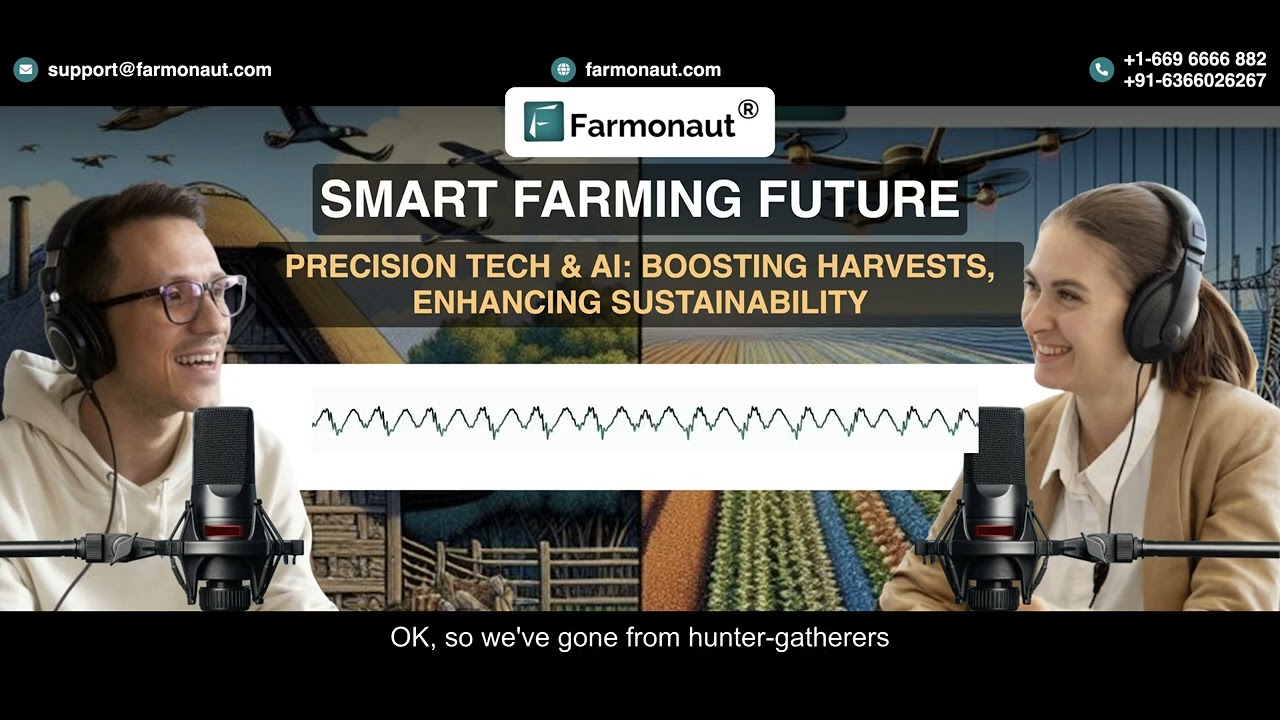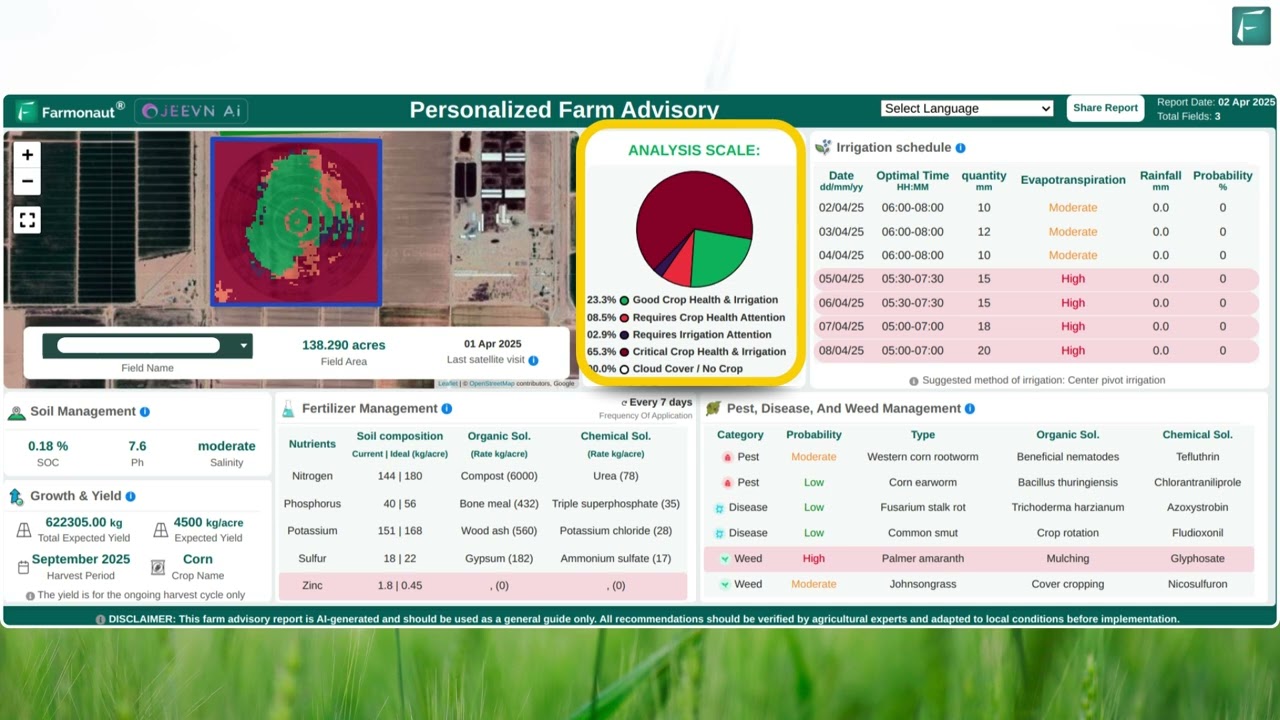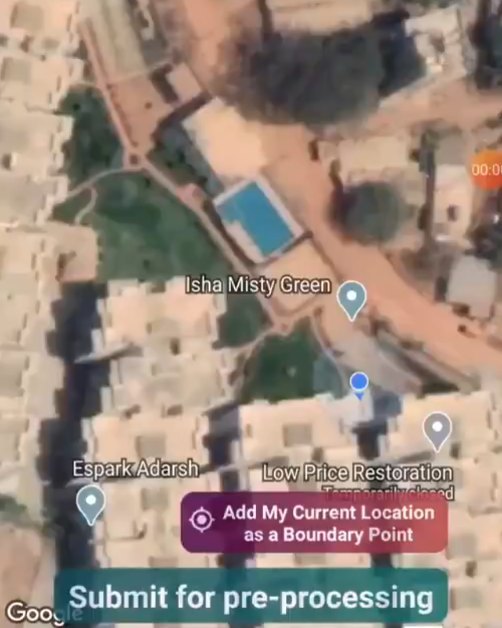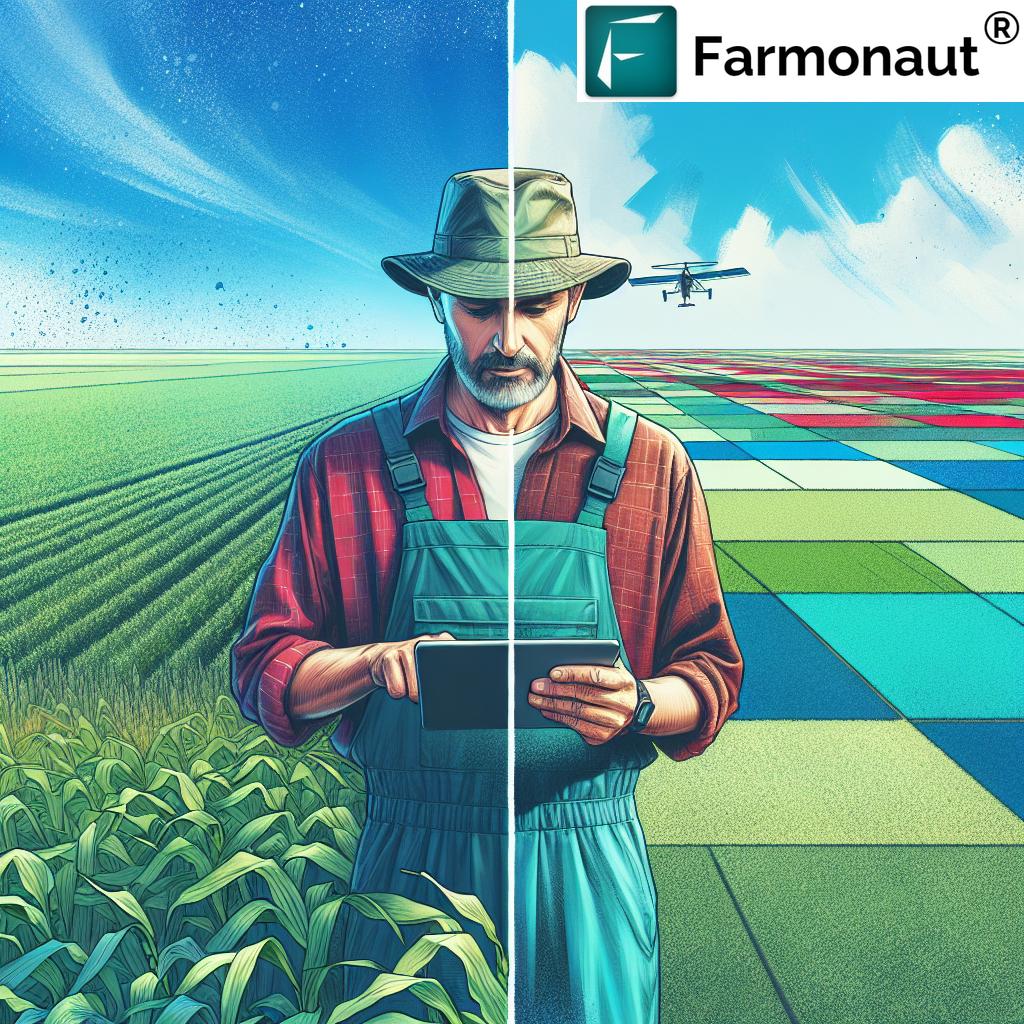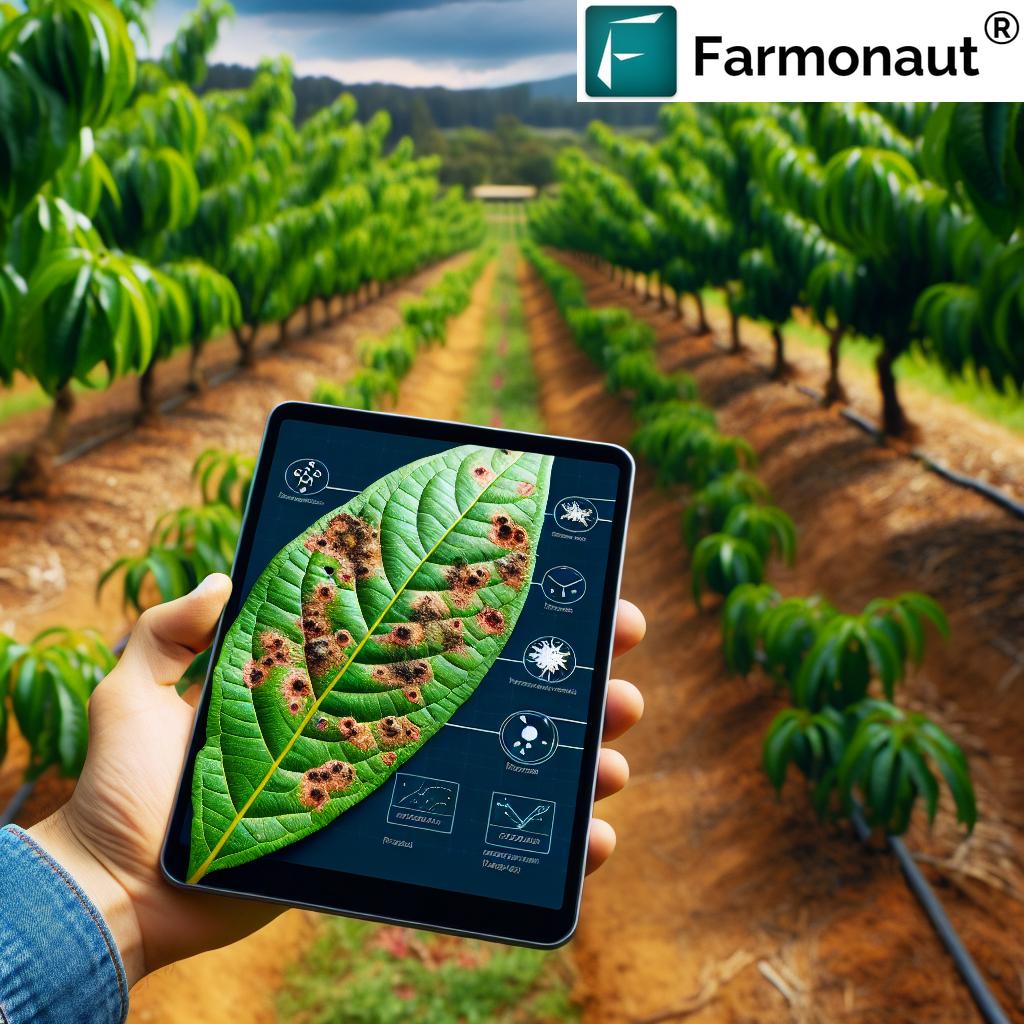Agriculture RIF: 7 Innovations in Rice Farming 2025
Introduction: The Backbone of Food Security in 2025
Agriculture remains the backbone of many economies worldwide, underpinning not just food security but also rural livelihoods, ecological balance, and rich cultural traditions. In 2025, agriculture continues to evolve rapidly, driven by the urgent need to meet escalating global food demands, adapt to climate change, and embrace sustainability. This article explores the latest trends, focusing on agricultural research and innovation facilities (agriculture rif), the pivotal role of department of agriculture rif, the rich culture of agriculture, and most importantly, how agriculture rice farming stands at the heart of innovation and future food security.
With modern digital tools, intelligent policies, and a deep respect for agricultural heritage, this sector is shaping new paradigms for productivity, environmental sustainability, and community resilience. Let us dive into the key facets and innovations shaping the world of agriculture in 2025 and beyond.
Agriculture RIF: Catalysts of Innovation
Agricultural Research and Innovation Facilities (RIF) have become the cornerstones of agricultural progress. These facilities are often supported by governments, private sectors, and leading agri-tech enterprises, driving concerted efforts toward sustainable farming. Their mission pivots on next-generation research: developing new seed varieties, pest- and disease-resistant crops, efficient water management practices, and precision technologies to optimize yield and minimize environmental footprints.
In 2025, agriculture rif leverages cutting-edge technologies like artificial intelligence, machine learning, satellite-based remote sensing, and advanced biotechnology. These centers not only foster breakthroughs in crop management but also ensure resilience against volatile weather patterns and climate change effects that continue to threaten food production worldwide.
- Key Focus Areas Include:
- High-yield, climate-resilient rice varieties
- Sustainable water and nutrient management
- Integrated pest and disease control
- Precision farming using digital and AI-driven tools
- Resource-efficient farming practices and carbon footprint reduction
By creating a vibrant ecosystem of research, innovation, and knowledge dissemination, these facilities play a pivotal role in underpinning food security for both rural communities and urban populations alike.
Department of Agriculture RIF: Orchestrating Transformation
The department of agriculture rif—at both national and regional levels—oversees the coordination, funding, and standard-setting for agricultural RIFs. These government bodies are instrumental in crafting policies that support innovation, streamline subsidies, and provide ongoing training for farmers to embrace modern sustainable agricultural practices.
- Policy and Funding: Agriculture departments allocate resources to priority research areas, monitor RIF outputs, and ensure compliance with environmental and food safety standards.
- Knowledge Dissemination: Through digital platforms, departments facilitate the timely sharing of research, monitor crop health at landscape levels, and track supply chains with unprecedented transparency—benefiting producers and consumers alike.
- Digital Platforms: In many countries, modern department of agriculture rif have transitioned to user-friendly digital platforms integrating real-time monitoring, advisories, and automation—enabling fast, data-backed decision-making.
By enabling the smooth integration of research, management, and policy, agriculture rif-sponsored departments are at the core of shaping a resilient, transparent, and productive food sector.
Culture of Agriculture: Heritage, Practices, and Progress
The culture of agriculture is deeply embedded within the history and identity of rural societies. Far beyond an economic activity, agriculture interweaves traditional knowledge, community rituals, and food security, providing a sense of belonging and heritage. In 2025, the cultural significance of agriculture continues to flourish, driven by renewed efforts to preserve agro-cultural traditions while synergizing them with innovative, sustainable farming practices.
- Agro-Tourism: Communities have embraced agro-tourism, inviting visitors to experience rice farming rituals, cultural festivals, and authentic local food—bridging urban-rural divides and fostering respect for agricultural origins.
- Farm-to-Table Movement: The rise of consumer consciousness around food sources promotes a closer relationship between farmers and consumers while highlighting the significance of sustainable production and fair trade.
- Knowledge Transfer: Rural elders continue passing on wisdom about rice cultivation, soil care, water management, and biodiversity, ensuring that innovation does not eclipse invaluable traditional practices.
The intersection of culture, innovation, and sustainability brings global attention to the importance of maintaining ecological balance and safeguarding the economic and social heritage of farming communities.
Agriculture Rice Farming: The Heart of Global Food Security
Rice farming stands as a vital practice in agriculture, feeding more than half of the world’s population, particularly across Asia, Africa, and Latin America. The stakes are higher than ever: as climate variability intensifies and land and water resources face mounting pressures, agriculture rice farming must continually innovate to secure food production for billions.
Recent advances in research and technology—often stemming from agriculture rif and supported by department of agriculture rif—are transforming the way rice is grown. New resilient rice varieties, optimized water and nutrient management, and digital advisory systems help farmers enhance yields while minimizing inputs and environmental impacts.
- Ecological Challenges Addressed: Drought, salinity, flooding, and emerging pests threaten rice production. Innovations in variety development and digital crop monitoring are meeting these challenges head-on.
- Precision Management: Integrated pest management, computer-guided fertilization, and mobile apps enable timely, ecological interventions in fields.
- Policy Focus: Increased funding for smallholder rice farmers, targeted training, and better access to modern tools underpin the drive toward sustainable production and rural economic growth.
The 7 Innovations in Rice Farming for 2025
Below, we explore seven groundbreaking innovations—many catalyzed by research and action at agriculture rif and department of agriculture rif—that are transforming agriculture rice farming in 2025, improving food production, sustainability, and resilience for farmers worldwide.
1. System of Rice Intensification (SRI)
System of Rice Intensification (SRI) is a set of agricultural practices focusing on improved plant, water, soil, and nutrient management. By transplanting younger seedlings at wider spacing, managing irrigation to keep soil moist but not flooded, and enhancing organic matter in the soil, SRI increases yields and reduces input use.
- Reduces water use by 30-50%
- Boosts resilience against unpredictable weather, a key concern in 2025
- Promotes healthier crop growth and root systems
2. Direct Seeded Rice (DSR)
Direct Seeded Rice technique skips the transplantation process, sowing seeds directly into the field. This method reduces labor costs, conserves water, and cuts greenhouse gas emissions by eliminating the need for continuous flooding.
- Water efficiency is increased by up to 35%
- Improved labor management and cost savings
- Reduces methane emissions—a climate-smart solution
3. Aerobic Rice Cultivation
Aerobic rice cultivation enables rice to grow in non-flooded, well-aerated soils. It is a revolutionary shift from traditional paddy farming, using up to 40% less water and lowering climatic risks.
- Ideal for water-scarce regions in Asia and Africa
- Reduction in disease and pest pressure
- Direct support from agriculture rif centers in developing region-specific solutions
4. Digital Crop Health Monitoring & AI-Powered Advisory
Satellite data and artificial intelligence are now integral for rice farmers in 2025. Real-time monitoring and personalized advisories empower agriculture rice farming with data-driven, timely decisions.
- NDVI-based monitoring detects crop stress before visible symptoms show
- AI-driven advisories assist in pest management, irrigation planning, and yield estimation
- Enables farmers to optimize use of chemicals and water, reducing input costs
Farmonaut’s digital satellite and AI-powered tool suite exemplifies this innovation, providing affordable access for individual farmers and large agribusinesses alike. (Learn more about the Farmonaut Crop Plantation & Forest Advisory).
5. Stress-Tolerant Rice Varieties (Drought, Salinity, Flooding)
Biotechnological research under agriculture rif has led to resilient rice seed varieties capable of surviving under extreme weather—be it drought, saltwater intrusion, or seasonal floods.
- Safeguards yields in challenging climates
- Expands rice cultivation into marginal lands worldwide
- Contributes directly to food security and environmental balance
6. Integrated Pest Management (IPM) with Digital Inputs
Integrated Pest Management (IPM) brings together traditional practices, biological controls, and data-driven digital surveillance. The use of AI, mobile apps, and drones ensures that pest threats are identified swiftly and controlled with minimal chemical usage.
- Reduces environmental footprints and safeguards health
- Prevents over-reliance on pesticides
- Supported by continuous farmer training and department advisory
7. Precision Resource Management with Blockchain Traceability
Precision resources and blockchain-based product traceability tools allow farmers and agribusinesses to manage inputs with exactness—while tracking rice from farm to table, ensuring consumer trust and reducing fraud.
- Supports fair pricing and transparent value chains
- Enhances compliance with export standards and certifications
- Accessible through advanced digital platforms, such as Farmonaut’s Product Traceability
Comparative Innovations Overview Table
| Innovation Name | Year Introduced (est.) | Core Technology/Practice | Estimated Yield Improvement (%) | Sustainability Impact (est. reduction in water/chemicals) |
Digital Tool Integration | Research Source |
|---|---|---|---|---|---|---|
| System of Rice Intensification (SRI) | 2000s refined for 2025 | Water/Seedling/Nutrient Management | 20–40% | 30–50% water, 10–20% chemical | No | Agriculture RIF, National Departments |
| Direct Seeded Rice (DSR) | 2010s scaled 2025 | No-transplant Seed Sowing | 10–15% | Up to 35% water | Partial | Department of Agriculture RIF, Private Sector |
| Aerobic Rice Cultivation | 2020s | Non-flooded Paddies | 5–18% | Up to 40% water | No | Agricultural RIF, International Research Institutions |
| Digital Crop Health & AI Advisory | 2023–2025 | Satellite/AI Sensing | Up to 22% | 15–25% chemicals, 20% water | Yes | Farmonaut, National RIFs |
| Stress-Tolerant Varieties | 2021–2025 | Seed Breeding/Biotechnology | 20–35% | 10–25% water | No | RIFs, Int’l Rice Research Inst. |
| Integrated Pest Management (IPM) | Scaled 2025 | Biological/AI Monitoring | 10–20% | 15–30% chemical | Yes | Departments, Agro RIF |
| Precision Management & Blockchain Traceability | 2023–2025 | Blockchain/Digital Automation | 10–18% | 5–15% water/chemicals | Yes | Farmonaut, Private RIFs |
Precision Digital Tools: Farmonaut and the Next Era of Smart Rice Farming
In 2025, the leap from traditional to precision agriculture is driven by seamless digital tools and satellite-based solutions. We at Farmonaut are dedicated to democratizing access to precision agriculture technologies for farmers, cooperatives, and governments worldwide—making advanced monitoring and decision support both affordable and accessible.
Let’s explore how our technologies and services help rice farmers and stakeholders optimize results and secure the future of agriculture:
-
Satellite-Based Crop Health Monitoring:
Our real-time, multispectral satellite imagery enables farmers to track NDVI (vegetation health), soil moisture, and stress levels on their rice fields. This insight, available on Farmonaut Web, Android, and iOS apps, means decisions about irrigation or fertilizer use are driven by actual crop health, not guesswork. -
AI-Powered Advisory (Jeevn AI):
Jeevn AI analyzes satellite data and hyper-local weather forecasts to provide personalized recommendations on planting, disease, and pest management—helping rice farmers minimize losses and increase productivity. Learn about the technology in this video. -
Blockchain Product Traceability:
Our blockchain system for rice and other crops ensures every stage from seed to table is tracked, promoting transparency in the supply chain. This is crucial for export markets, certifications, and consumer trust. Explore our Product Traceability solution. -
Fleet and Resource Management:
We help both large-scale rice operations and government initiatives minimize costs via advanced vehicle and machinery tracking. For details, visit our Fleet Management page. -
Carbon Footprinting:
We provide agribusinesses and farmers with precise data on their environmental impact, helping reach sustainability targets and meet compliance for low-carbon rice supply. Calculate your carbon footprint with Farmonaut. -
API for Developers:
Organizations, governments, and businesses can easily integrate our satellite weather and crop monitoring tools into their digital infrastructure using the Farmonaut API. Access developer docs here. -
Crop Loan & Insurance Verification:
With our satellite-based verification, financial institutions can offer loans and insurance faster and with reduced fraud risk—improving access to critical financial tools for rice farmers. Explore the details on our Crop Loan & Insurance product page.
Through our scalable, modular platform, rice farmers and large agribusinesses can choose the most relevant features and scale up easily—without the barrier of expensive hardware.
Farmonaut’s ethos is simple: to empower the backbone of food security with affordable, data-driven, and sustainable technologies—ensuring a brighter future for rice farming and agriculture worldwide.
FAQ: Rice Farming and Innovations 2025
What is an agriculture RIF?
Agriculture RIF (Research and Innovation Facility) is a dedicated institution or center focused on advancing agricultural practices through rigorous research, technology development, and innovation. These facilities support the development of new crop varieties, sustainable farming techniques, digital tools, and climate-resilient solutions for farming.
How do department of agriculture RIF influence rice farming?
Department of agriculture rif coordinate research priorities, distribute funding, establish standards, and provide ongoing farmer training. They act as an interface between research outputs and farmer adoption—ensuring innovations like stress-tolerant rice and smart farming tools reach the field.
What are the main benefits of adopting digital crop health monitoring?
- Early detection of stress, pests, or nutrient deficiencies
- Targeted irrigation and fertilizer use—saving inputs and lowering costs
- Access to timely AI-based advisory interventions
- Improved yields and environmental sustainability
How do rice farming innovations contribute to environmental sustainability?
Innovations such as SRI, direct seeding, and digital resource management reduce water consumption, lower input usage, and cut greenhouse gas emissions. Blockchain-based traceability also ensures verifiable, ethical supply chains—supporting responsible consumption and production patterns.
What is the significance of culture in agriculture rice farming today?
The culture of agriculture provides the bedrock for knowledge transfer, community rituals, and respect for the land. Modern rice farming integrates traditional wisdom with the latest technological advancements, preserving biodiversity, fostering food security, and celebrating rural heritage.
How does Farmonaut support rice farming in 2025?
- By making precision agriculture affordable and accessible through advanced satellite and AI-driven tools
- Providing blockchain-based traceability and carbon footprinting to support sustainable, transparent farming
- Facilitating resource management, crop health monitoring, and timely financing through a user-friendly app and scalable platform
How can I get started with Farmonaut’s solutions?
Download the app for your device, explore API integrations, or choose a suitable subscription with transparent pricing tailored to your scale and needs. Refer to the download links and pricing table above for more information.
Conclusion: Shaping the Future of Sustainable Agriculture
As we venture further into 2025 and beyond, agriculture stands at the confluence of cultural legacy and technological innovation. Agricultural research and innovation facilities (agriculture rif), alongside department of agriculture rif, play an essential role in advancing modern practices, safeguarding the world’s food supply, and nurturing rural livelihoods. The backbone of this transformation is rice farming—underpinned by new varieties, precision management, digital tools, and deep cultural significance.
With digital platforms and a global movement toward sustainability, the agricultural sector is not only evolving rapidly but also embracing its responsibility toward ecological balance and community wellbeing. At Farmonaut, our mission is to empower every farmer, agribusiness, and government agency with the tools needed to thrive in a changing world—continuing to innovate, optimize productivity, and honor the culture of agriculture for generations to come.
Explore the future of farming—where tradition meets technology, and where every harvest lays the foundation for a more secure, equitable, and sustainable world.




